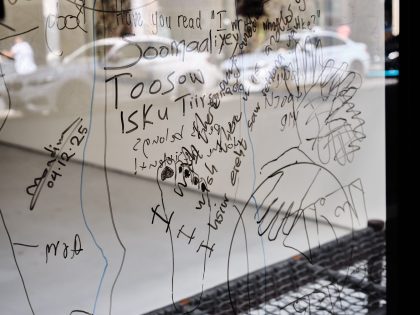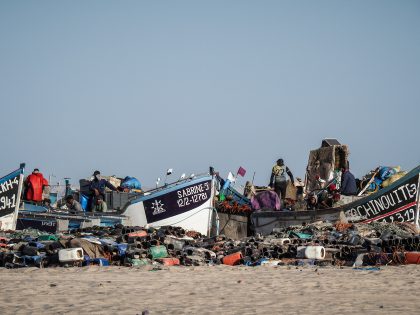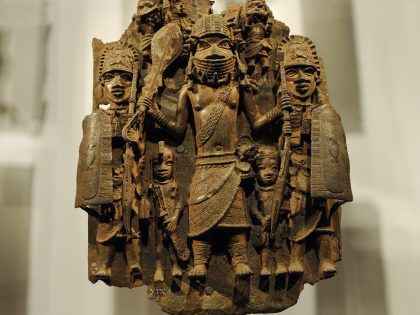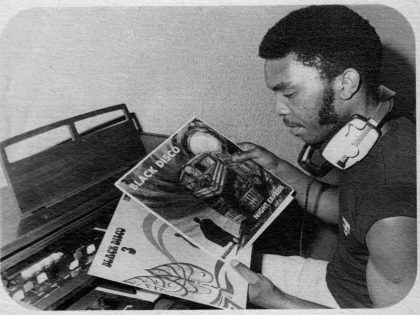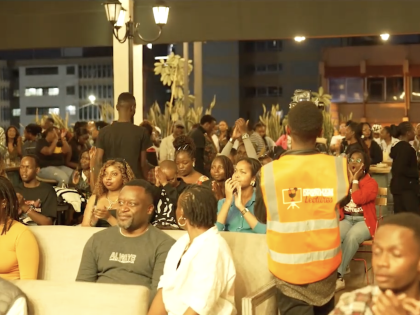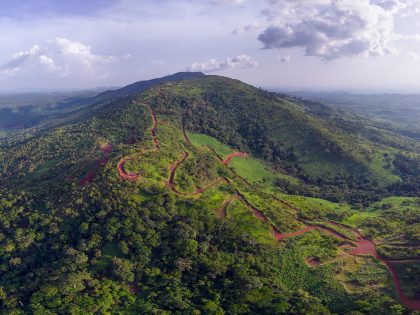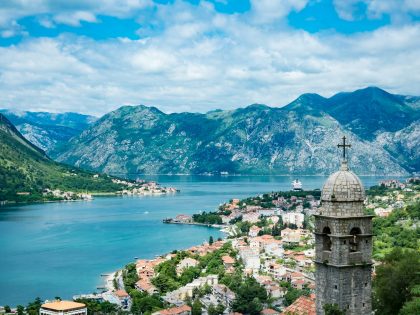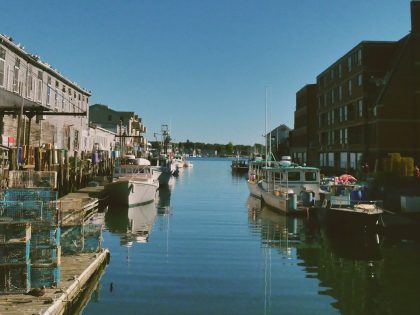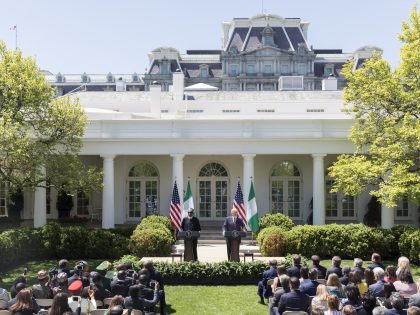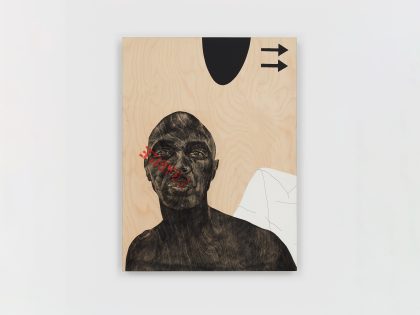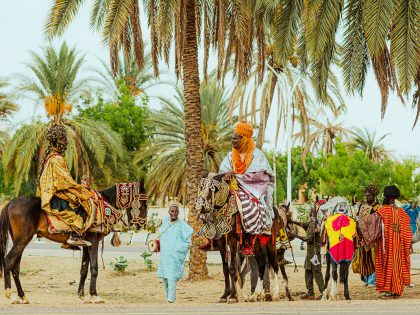The Black Maroons of Colombia
The spontaneous mobilization of Afro-Colombians against mining corporations (backed by the Colombian state) is something to pay attention to.

An Afro-Colombian taxi driver in Colombia's north east (Juan Felipe Rubio, via Flickr CC).
La Guajira is a department located in the northeastern region of Colombia’s Caribbean coast. I just returned from a weeklong trip there. La Guajira is home to El Cerrejón, the world’s largest open-pit coal mine. El Cerrejón was constructed in 1981 as a joint venture between the Colombian state and Exxon. It is currently owned by three international mining firms: BHP Billiton, Anglo-American PLC and Xstrata PLC. In 2010, El Cerrejón produced 40 million metric tons of coal, and exported 99% of it for consumption in the United States and Europe. The department is also home to mainly Afro-Colombians, indigenous people and campesinos. In the 32 years that El Cerrejón has been operating in La Guajira, these people have been embroiled in a struggle against forcible displacement, human rights violations by paramilitaries and the pollution of natural resources by these firms.
The initial construction and expansion of El Cerrejón saw the Colombian government working in conjunction with the corporation to forcibly displace and seize collective land holdings from Afro-Colombian communities who subsisted on lands central to El Cerrejón’s operations. Most infamously was the Afro Colombian village of Tabaco, whose land was expropriated and village demolished on the 9th of August 2001 for the expansion of mining operations. Most of the former residents of Tabaco took refuge in the neighboring village of Albania, or made their way to cities adding to Colombian’s strikingly high percentage of internally displaced persons. An overwhelming percentage of internally displaced people are Afro Colombian.
Yet, in the face of a globalized economy whose effects are often most regressive on rural, politically marginal communities, the spontaneous mobilization of Afro Colombians in La Guajira is something to pay attention to. While the organization of diasporic communities began in La Guajira, their vision is anything but local. Communities affected by mining operations are beginning to organizing based on common racial histories, often using the words “descendientes” referring to descendants of slaves, and “cimarrones” referring to maroon slave communities, in their organization titles. These words reference black identity in Colombia, based in a common history of marginality, displacement and resistance.
For the last 10 years, Aviva Chomsky, a professor of History at Salem State University in Massachusetts. has been working with Afro Colombian communities affected by mining operations in La Guajira to craft a transnational solidarity framework around securing socially and environmentally responsible mining practices, greater transparency when dealing with communities and fair and adequate relocation and compensation for communities who have been previously displaced by El Cerrejón. The framework is undergirded by the idea of globalization, the same phenomenon that has rendered so many Afro Colombians displaced.
The transnational framework works to draw international, public attention to the various ways irresponsible mining has impacted the lives of those individuals from La Guajira, and to assert public pressure for change. Aviva Chomsky explains:
Multinationals have a product to sell, and they also have an image to sell. They have to keep their shareholders and their customers happy. One of the main goals of the international solidarity campaign has been to try to bring the voices of the multinationals’ victims out into the public sphere. When their voices can be heard, the multinationals lose their monopoly on information and opinion, and when they feel the public relations risk is when they start acknowledging the rights of those that they would rather just ignore, like the communities that have been destroyed and displaced by the mining operations.

